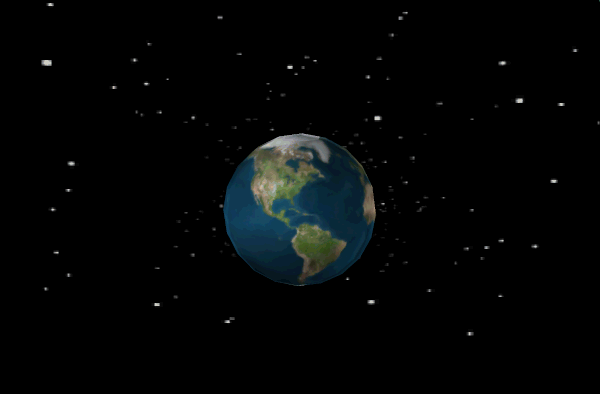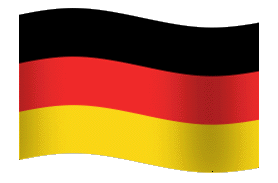
GCSE Geography

HIC's and LIC's- Waste production
Higher income countries produce more waste then Low income countries. HIC's (High Income countries) and LIC's produce different amounts of waste because:
-
People living in HIC's have higher incomes so they have more disposable income so they can afford to buy consumer goods, these products eventually end up as waste. HIC's are throw away societies.
-
In LIC's people tend to resolve to reusing or fixing things rather than replacing them because they have lower incomes, they cannot afford to but new products.
-
People in HIC's buy more white goods and electronic goods which all have lots of packaging which also eventually ends up as waste.
-
People living in LIC's are mostly illiterate so less written material is manufactured.
-
Goods in LIC's do not have as much packaging as those in HIC's so there is less waste due to packing in LIC's.
-
LIC's produce more organice waste and don't produce much waste that's harder to dispose of ((i.e. plastics, e-waste).
Nowadays, in countries like Ghana, the number of e-waste dumps are rising. Most of the e-waste is burnt and valuable metals are extracted and sold by the local people. The combustion of e-waste resleases toxic substances into the atmosphere and inhalation of the smoke can lead to severe health defects.

Case Study: E-waste disposal in Ghana
Some people may argue that E-waste disposal in Ghana is beneficial for the country because the local people can earn money by selling the valuable metals found in e-waste. This business can help the local economy and eventually the nation's economy grow. E-waste dumps provide employment for many local people who would otherwise endure severe poverty. If the economy grows, Ghana can become a more developed country and this would undoubtedly be good for all the citezens. Furthermore, some of the disposed items could be sold as second hand goods. This would help bridge the digital gap between Ghana and MEDC's.
On the other hand there are a lot of disadvantages to e-waste disposal in Ghana... The most significant problem is the health problems caused by harmful substances such as mercury and lead. In LIC's like Ghana, there aren't any adequate facilities to safely dispose e-waste. The environment the local people work in are extremely bad for them, the fumes lead to diseases which could cause death. Many children also extract metals, the fumes can stunt their growth and reduce brain development. There are also no laws to regulate the disposal of e-waste. Another problem is that when it rains, the harmful subtances could flow into rivers, contaminating the environment and the drinking water supply. The land used to dump e-waste could also be used for more resourceful purposes such as agriculture.

Electronic waste is waste broken down from any electrical equipment, such as, computers, keyboards, Tvs and phones, In the UK alone we throw away 15 million mobile phones a year. The problem with electronic waste is that it often contains harmful substances such as mercury, lead and cadmium. HIC's produce the most E- waste because the life span of electric goods has decreased rapidly. The average life span of a computer is now 3 years. This means that the amount of e-waste is increasubg rapidly. The toxic substanced found in e-waste can lead to numerous diseases such as asthma,brain damage and fits. Much of the e-waste generated in HIC's are sent to be disposed in LIC's like Ghana. Much of this waste is initially classified as "second hand goods".
E- waste- Disposal

Incineration is one method of waste disposal. This involves burning waste, in some places this process is also used to generate electricity.
Advantages:
-
You can generate electricity by burning waste.
-
Incineration is the only efficient solution because landfill spaces are running out.
-
The UK's percentage of household waste going to dumps has to go from 75% to being 25%.
-
Incineration plants can be close to where waste is collected , this can decrease the amount of energy needed to transport waste.
-
It doesn't affect the visibility of the environment
Disadvantages:
-
Reduces incentive to recycle.
-
air quality will deteriorate this can lead to respiratory diseases.
-
Smells bad so house prices in the area will go down and the local economy will suffer.
-
toxic poisons and cancerous subtances are released into the air.
Where does waste go?

Case Study: Waste Disposal in Germany

Germany is a HIC , it produces 40 millio tonnes of waste in a year.. There are many ways in which Germany disposes its waste. This includes landfilling, recycling, incineration, storage and exporting to other countries.
Landfills: One of the main landfill sites in Germany is Luebeck. Before waste is sent to landfills it is treated and sorted. In 2008 there were 160 landfilling sites in Germany. The Geology of Germany is apt fot landfilling because a majority of the rock is permeable so gases released from decomposing waste can escape from the ground. Germany's impermeable labnsdcape makes it apt for disposing nuclear waste. However a problem is that space is runnning out, Germany exports 2 million tonnes of non-hazardous waste to China and Spain to be disposed of.
Incineration: Darmstadt is a key incineration site in Germany. Germany is planning to build even more incinerators because energy can be generated from the combustion of waste. Fuel bricks for energy can also be created from shredded waste. This is called electricity from waste. Naples sends 160000 tonnes of waste for incineration in Germany.
Recycling: Germany has a scheme called the Grune Punkt or Green dot. This provokes large businesses to recycle. If manufacturers don't join the scheme, they have to pay for recycling costs. This scheme has reduced waste by 1 million tonnes per year. Germany recycles about 60% of its total waste. This scheme means that customers may have to pay a little extra to pay for the recycling of their products. The scheme is quite expensive.

Where does waste go?
Landfilling is a common method of disposing waste. This involves putting waste in a hole in the ground and covering it up.
Advantages:
-
Landfilling is cheaper than incineration.
-
Decomposing waste in landfills releases methane which can be used to generate electricity.
-
Once full, a landfill can be landscaped and reused.
Disadvantages:
-
Can release harmful gases into the atmosphere.
-
local authorities are taxed for sending large amounts of waste to landfills.
-
Appropriate landfilling sites are being used up, space is running out.
-
Transporting waste uses a lot of energy.
-
When it rains hazardous waste can escape into the environment.
